In the rich tapestry of Egyptian mythology, the Set Animal stands as a creature shrouded in mystery and intrigue. This enigmatic being, characterized by its unique and often indescribable appearance, has long captivated scholars and enthusiasts alike. It is a symbol deeply rooted in the ancient Egyptian pantheon, often associated with the god Set, the deity of chaos, storms, and the desert. This article aims to delve into the origins, symbolism, and enduring influence of the Set Animal, offering a comprehensive exploration of its role and significance in Egyptian mythological narratives. Drawing upon the expertise of renowned Egyptologists and incorporating insights from archaeological findings and ancient texts, this piece seeks to unravel the mysteries surrounding this fascinating creature. By weaving together historical data and modern interpretations, we aim to present a well-rounded, accurate, and engaging account of the Set Animal’s place in the annals of Egyptian mythology.
| Origin | Ancient Egyptian Mythology |
| Classification | Mythical Creature |
| Appearance | Often depicted as an enigmatic creature with a long, curved snout, squared ears, and a slim, canine-like body |
| Significance | Symbol of the god Set (Seth), associated with chaos, storms, and the desert |
| Role | Represented the forces of chaos and disorder in Egyptian mythology |
| Mythological Role | Played a central role in the conflict between Set (Seth) and other gods, such as Osiris and Horus |
1. Historical Context and Origins
The Emergence in Predynastic Egypt
The Set Animal first made its enigmatic appearance in the Predynastic Period of Egypt, marking its presence before the unification of the nation under the First Dynasty around 3100 BCE. This era, foundational in shaping the Egyptian cultural and religious identity, witnessed the birth of many mythological concepts that would define the civilization.
Archaeological Insights
Archaeological findings, including early pottery and tomb paintings, provide critical evidence of the Set Animal’s early significance. These artifacts feature representations of a creature with a unique anatomy: a lithe, canine-like body, an erect, straight tail, and a distinct, squared snout. These depictions, not aligning with any known animal species, highlight the creature’s mythological and symbolic nature.
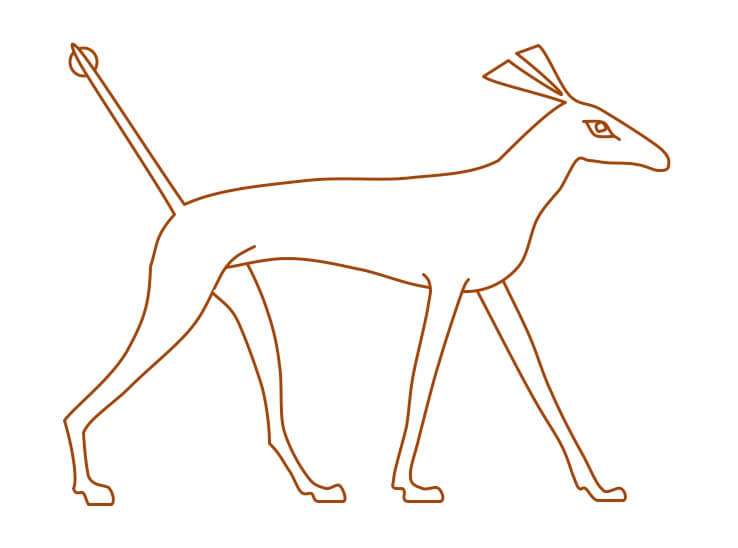
Ancient Textual References
The Set Animal’s presence is further solidified in ancient Egyptian texts. The Pyramid Texts, among the oldest religious writings from Ancient Egypt, dating back to the Old Kingdom (circa 2686–2181 BCE), offer valuable references. These texts depict the Set Animal in various roles linked to the god Set, showcasing its versatile representation in mythological narratives. From being a protector to playing the antagonist, the Set Animal in these texts mirrors the complex and often contradictory traits of Egyptian deities.
2. Physical Description and Symbolism
Intricate Physical Characteristics
The Set Animal’s depiction in ancient Egyptian art and texts presents a creature unlike any other. It is often portrayed with a slender, canine-like body, reminiscent of a greyhound or a jackal. The most distinctive feature is its head: an elongated, square-tipped snout combined with large, upright ears. Its tail, equally unusual, stands erect and forked or square at the end. These features, not wholly aligning with any known animal, underscore the Set Animal’s unique place in Egyptian mythology.
Symbolism in Ancient Art
The symbolic interpretation of the Set Animal’s appearance is deeply rooted in its association with the god Set. Set, often depicted as this creature, was a deity of chaos, storms, and foreigners. The animal’s unusual and somewhat intimidating appearance mirrored Set’s character as unpredictable and powerful, often standing in contrast to the orderly and harmonic characteristics of other Egyptian deities.
The Set Animal’s depiction in various contexts also symbolizes its multifaceted nature. For instance, in some representations, it appears guarding temples or tombs, suggesting a protective role. Conversely, in other contexts, it is shown in combat with other deities, highlighting its aspect as a bringer of chaos and disorder.
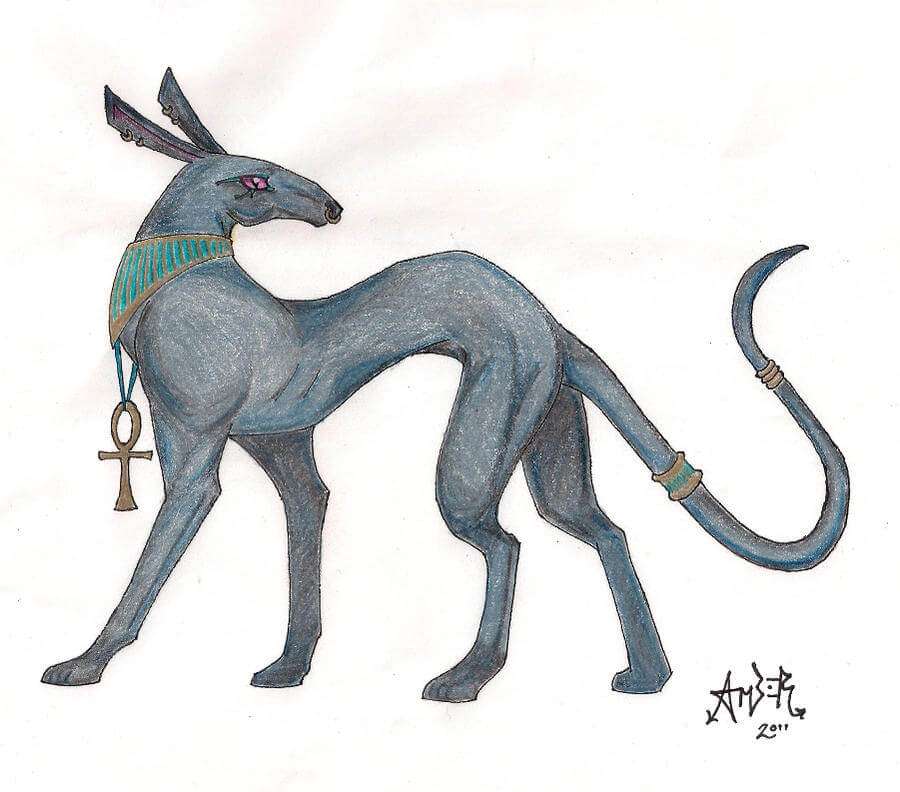
Interpretations of Its Features
The interpretation of the Set Animal’s features varied over time and contexts. In earlier periods, its association with Set lent it a somewhat negative connotation, representing the destructive forces of nature. However, in later periods, particularly in the New Kingdom, the Set Animal, like the deity it represented, was sometimes viewed more positively. It became a symbol of strength, resilience, and protection against evil forces.
3. Set Animal in Egyptian Mythology
Central Myths Featuring the Set Animal
The Set Animal prominently features in several key Egyptian myths, embodying the character of the god Set. One of the most famous narratives is the myth of Osiris, where Set, embodied as the Set Animal, murders and dismembers his brother Osiris, only for Osiris to be resurrected by Isis. This myth highlights themes of jealousy, betrayal, death, and rebirth, with the Set Animal at its epicenter.
Another notable myth involves the Set Animal in the daily journey of the sun god, Ra. In this myth, the Set Animal is seen as both a protector and a challenger. Each night, it helps Ra fight off the serpent Apophis, a force of chaos threatening to swallow the sun, thereby playing a crucial role in maintaining the cosmic order.
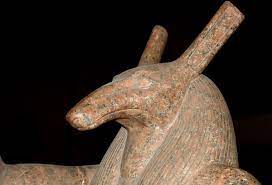
Relationships with Other Deities
The Set Animal’s complex relationship with other deities is a cornerstone of its mythological significance. While often antagonistic, as seen in its conflicts with Osiris and Horus, it also held a role as a protector and ally to some gods. This duality reflects the ancient Egyptian understanding of balance – where chaos and order, destruction and protection, are two sides of the same coin.
The animal’s interactions with other deities demonstrate the nuanced portrayal of divine relationships in Egyptian mythology. It wasn’t purely evil or benevolent but instead occupied a grey area that mirrored the complexities of the natural world and human society.
Symbolic Significance in Narratives
The Set Animal’s role in mythological narratives goes beyond the literal interpretations of the stories. Symbolically, it represents the necessary balance between order and chaos. Its presence in myths serves as a reminder of the constant struggle between stabilizing forces and the unpredictable elements of nature and human behavior.
This symbolic significance highlights the sophisticated nature of Egyptian religious and philosophical thought. The Set Animal, as a representation of Set, becomes a metaphor for the essential, albeit often challenging, aspects of existence that ensure the continuation and balance of life.
4. Cultural and Religious Influence
Influence on Egyptian Culture and Religion
The Set Animal, embodying the god Set, wielded a significant influence on various aspects of ancient Egyptian culture and religion. In religious practices, the Set Animal was both revered and feared. Temples dedicated to Set, such as the prominent ones in the cities of Ombos and Nubt, featured the Set Animal prominently in their iconography, underscoring its sacred status. In terms of cultural influence, the Set Animal was often invoked in rituals and ceremonies intended to ward off chaos and disaster, reflecting its dual role as a harbinger and repeller of misfortune.
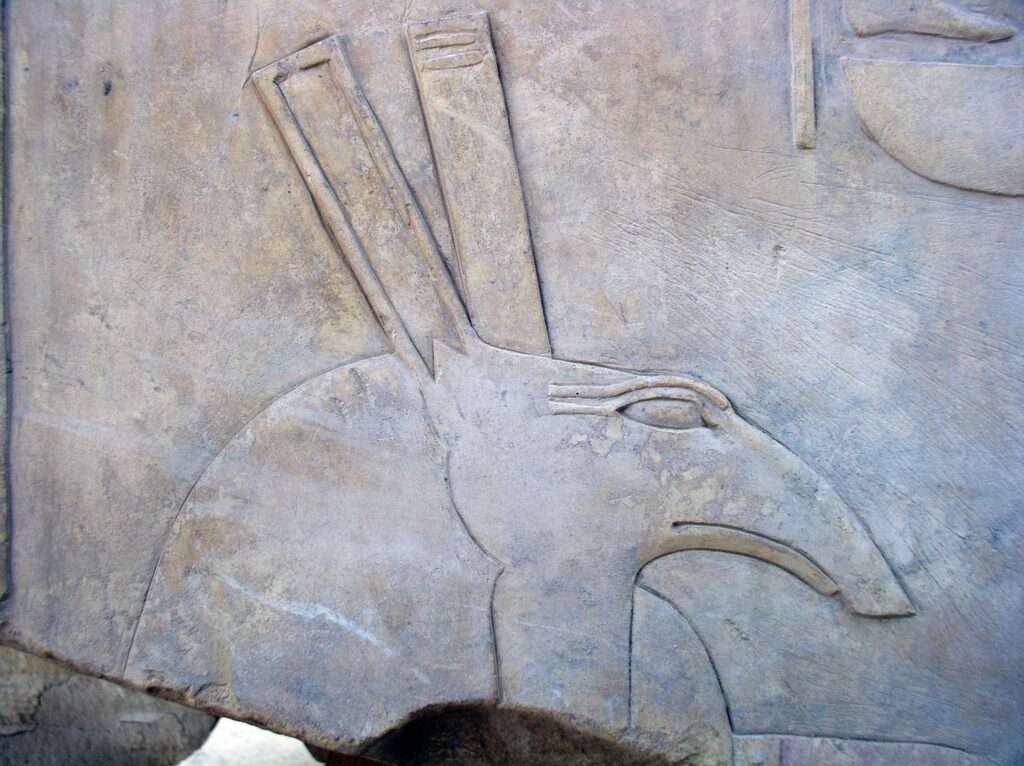
Artistic Depictions
In Egyptian art, the Set Animal is a recurring motif found in sculptures, tomb paintings, and amulets. Its distinct form made it an instantly recognizable symbol, often used to convey messages of strength, protection, and the overcoming of chaos. The artistic representations of the Set Animal varied across different periods, reflecting the evolving perceptions of Set and his animal counterpart.
Impact on Later Periods and Other Cultures
The influence of the Set Animal extended beyond the confines of ancient Egypt.During later periods, especially when Greek and Roman cultures interacted with and absorbed Egyptian beliefs, they integrated the image of the Set Animal and its associated symbolism into these new cultural contexts. In Greco-Roman art and literature, they sometimes identified the Set Animal with their own gods of chaos and the wilderness, illustrating its enduring impact.
Insights from Cultural Studies and Anthropology
Cultural studies and anthropological research provide deeper insights into the Set Animal’s role in Egyptian society. These studies suggest that the Set Animal was more than just a mythological figure; it was a symbol of the necessary balance between order and chaos, reflecting the Egyptians’ understanding of the world. Anthropological studies also reveal that the Set Animal’s depiction could be a reflection of societal values and norms, particularly regarding the acceptance of ambiguity and complexity in the natural and divine realms.
5. Modern Interpretations and Legacy
Contemporary Views of the Set Animal
In modern times, the Set Animal continues to fascinate scholars, artists, and the general public, often viewed through a lens that blends historical curiosity with symbolic interpretation. Contemporary Egyptologists and mythologists delve into its origins and meanings, unraveling the layers of symbolism that have evolved over millennia. The Set Animal’s unique form and enigmatic nature make it a subject of intrigue in academic and popular circles alike.
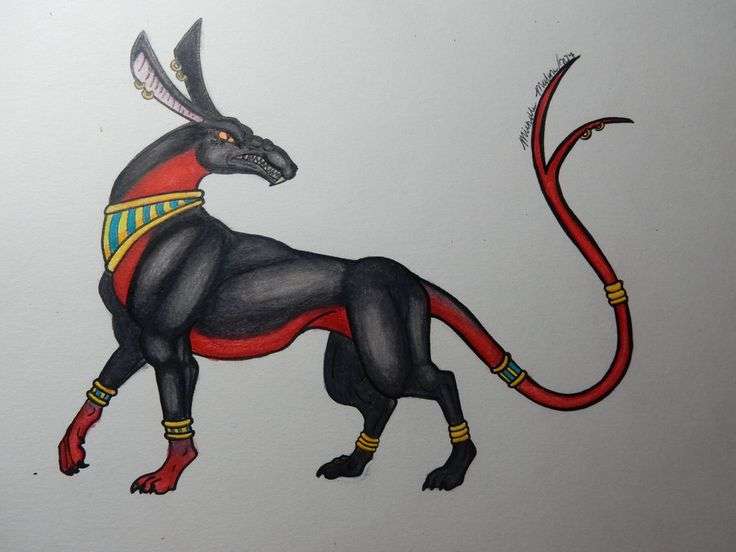
Influence on Art and Literature
The Set Animal’s influence extends into modern art and literature, where it often symbolizes the interplay of chaos and order, much like in ancient times. In literature, the Set Animal appears in various forms, from direct references in historical fiction to symbolic representations in fantasy and mythological reimaginings. In visual arts, its striking and distinctive form inspires artists, appearing in everything from graphic novels to contemporary sculptures, embodying a blend of historical authenticity and creative interpretation.
Psychological and Symbolic Applications
Psychologically, the Set Animal is sometimes used to represent the shadow aspect in human nature, drawing from Carl Jung’s concept of the shadow. This parallels the animal’s ancient role as a symbol of the unknown and chaotic elements of the psyche. Its dual nature, capable of both protection and destruction, resonates with the modern understanding of the complexity of human emotions and behaviors.
Legacy in Popular Culture
The Set Animal has also made its way into popular culture, featured in movies, television shows, and video games. These portrayals often focus on its mystical and mysterious qualities, sometimes diverging from historical accuracy for dramatic effect. Despite these variations, such representations keep the Set Animal alive in the public imagination, often sparking interest in ancient Egyptian mythology and culture.
Educational and Cultural Significance
The Set Animal remains a significant tool for education and cultural enrichment. Museums and educational institutions utilize its imagery and mythology to teach about ancient Egyptian civilization, religion, and art. The creature’s enduring appeal demonstrates the timeless nature of mythological symbols and their ability to convey complex ideas and emotions across ages.
6. Conclusion
In conclusion, the Set Animal stands as a profound symbol in Egyptian mythology, embodying a fusion of chaos and order, protection and danger. Emerging in the Predynastic Period, its unique physical attributes and complex role in mythological narratives reflect the multifaceted nature of Egyptian deities. Beyond its ancient origins, the Set Animal has left an indelible mark on art, literature, and psychology, symbolizing the dual aspects of nature and the human psyche. Its portrayal in modern culture underscores its continued relevance and fascination. As a part of world mythology, the Set Animal exemplifies how ancient symbols can transcend time and culture, offering insights into the human condition and the universal themes of balance, power, and transformation. Its enduring legacy in both historical and contemporary contexts highlights the timeless appeal and significance of mythological creatures in understanding our past and interpreting our present.
